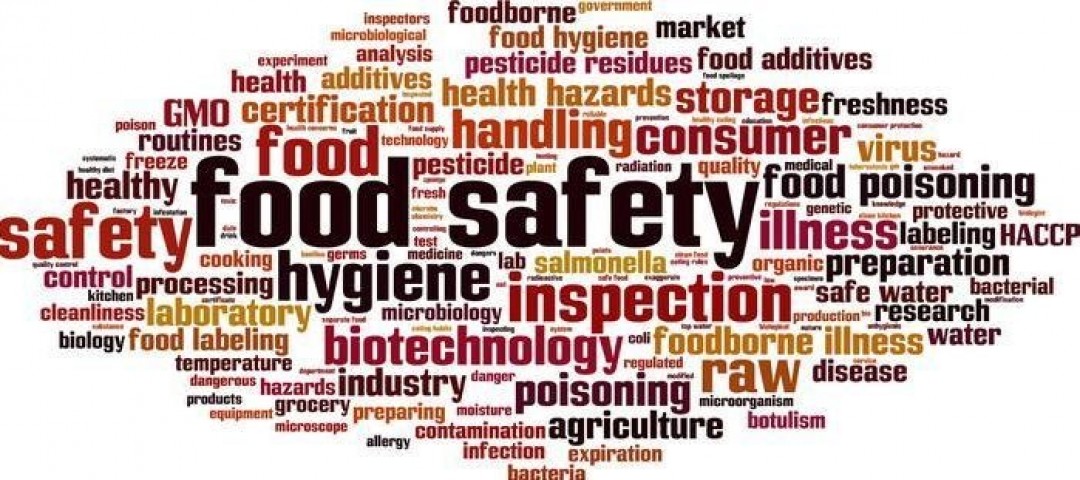
WHAT TO LOOK AT WHEN CHOOSING A FOOD SAFE FREEZER
Food safety is a non-compromising aspect for each food processor. Not only that processors need to keep the freezing equipment bacteria-free but a wave of new and even higher expectations is emerging on the food market. Trends such a continuous increase in the demand of frozen halal meet for example is creating the need to clean on microscopic levels, insuring no trace of pork meat in the production of halal meat. Similar pressure is put on the companies processing meat for Hindu consumers, where no trace of beef meat is allowed.
Nonetheless, today’s regulations on food safety in the freezing equipment are often seen to be insufficient for insuring a truly reliable food safety. A lack of clear regulations defining cleanability or recommended cleaning time is currently lacking in the legislation. Therefore, a number of aspects/recommendations which should be taken in account today, when looking for a food safe equipment, have been identified.
1. CLEANING TIME
Cleaning time is a crucial factor when it comes to profitability especially during high production season. When picking the right freezing equipment, a closer attention should be given to the freezers with a shorter but efficient cleaning time. The cleaning cycle should not only be fast, but more importantly – as ample as possible. All walls, floors, ceiling, transportation bed, fan – should go through a thorough cleaning. A cleaning performed with both water and sanitizing solutions should be aimed for.
As cleaning time is crucial during peak production, in order to insure a reliable food safety without compromising the production capacity, equipment with best ratio cleaning time vs. cleaning results should be aimed for. Any inefficient cleaning systems will threaten the food safety of all production as fans will keep circulating bacteria contamination over and over through the production batches. The following table can be considered as a reference point of a reasonable ratio time vs. efficiency when comparing cleaning processes in different freezing technologies:

2. ELEVATED HOUSING
Another important aspect to keep in mind is that an elevated housing of the freezer can avoid the accumulation of water under the equipment, water created through condensation due to high temperature changes in-between production and defrost. The water accumulated under the freezer can become a contamination hazard therefore a freezing equipment with an elevated housing should be something to aim for.
3. MINIMIZING THE AMOUNT OF MOVING PARTS
Many freezing technologies still present designs where electrical cables and boxes are inside the freezer. All these parts, together with transportation trays are “bacteria nests” and almost no cleaning cycle can achieve acceptable results when so many parts are in the production zone. However, there is the option of choosing freezing equipment which is designed with a minimum of moving parts inside the freezer. For an optimal food safety, electrical boxes and cables should be placed outside the freezer, while designs which don’t need reusable trays for product transportation, must be prioritized.
4. EASY TO CLEAN TRANSPORTATION PLATES
An often problem is a thorough cleaning of transportation belts. It is almost impossible to clean these at high standards, without stopping the production for many hours. However, an advisable alternative is use of freezers with exchangeable bed plates. These are easy and fast to exchange with another set of bedplates in the middle of production, with a downtime of less than 5 minutes for the exchange itself. This way, the bedplates can be washed outside the freezer with high-pressure water, insuring an excellent level of food safety on the transportation bed. At the same time, a great benefit is provided by fast product change and close to zero downtime – so valuable in pick production periods.
5. COIL CLEANING SYSTEM
The coil inside a freezer can obviously become a hazardous part of the freezer, due to all product particles circulating by the fans. It is however possible to increase their cleanability by choosing an equipment with a coil cleaning system which rinses the coil during the cleaning cycle.
6. EASY ACCESS
Designs with easy access to all parts should be aimed for. This is important not only for easy cleaning purposes, but also for reliable food safety inspections.
7. MONO-BLOCK DESIGNS
There is a multitude of design when it comes to the body of the freezer, however it is recommended to opt for a hermetic mono-block unit, as joints and groves are the areas which present a great risk of bacteria accumulation. At the same time, the insulation used for the freezer should be made of non-hydroscopic materials, in order to avoid water absorption and through extension – bacteria growth.
All of the features mentioned are important in order to ensure a safe food production and to keep up with the high demands and requirements of today's consumer. Though there are still no clear regulations in the legislation when it comes to cleanability, this is bound to change in the near future, and having food processing equipment that can handle all of this will be a big advantage for food processors.
